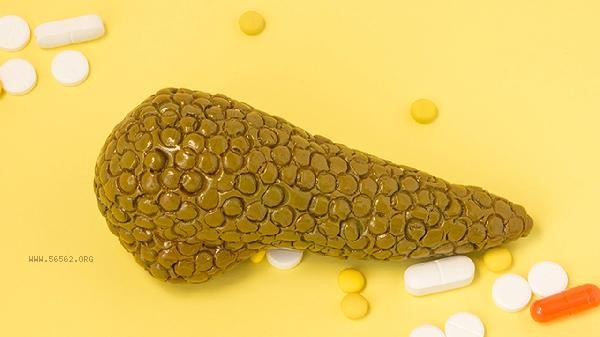Cholesterol and triglycerides are not the same thing, they are different indicators in blood lipid testing, with main differences in structure, source, and physiological function. Cholesterol is mainly used for synthesizing cell membranes and hormones, while triglycerides are the main form of energy storage. Dyslipidemia may be caused by genetic factors, improper diet, lack of exercise, obesity or diabetes.

1. Structural differences:
Cholesterol belongs to the sterol class of substances, consisting of four carbon rings, insoluble in water, and needs to be transported by binding with lipoproteins. Triglycerides are composed of one molecule of glycerol and three molecules of fatty acids, and are the main form of neutral fats. The completely different chemical structures of the two determine their metabolic pathways and functional differences in the body.
2. Physiological function:
Cholesterol is an important raw material for synthesizing cell membranes, vitamin D, and sex hormones, with about 70% synthesized by the liver. Triglycerides are mainly stored in adipose tissue and are broken down for energy during hunger or exercise. High density lipoprotein cholesterol has a vascular protective effect, while high triglycerides may induce pancreatitis.
3. Source route:

Dietary cholesterol mainly comes from animal organs, egg yolks, and other foods. It is recommended to consume no more than 300 milligrams per day. Triglycerides can be directly absorbed from fats in food or synthesized by the liver using carbohydrates. Excessive intake of refined sugar and alcohol can significantly increase triglyceride levels.
4. Detection significance:
Total cholesterol includes high-density lipoprotein and low-density lipoprotein cholesterol, and the ideal value should be less than 5.2 mmol/L. The normal value of triglycerides should be less than 1.7mmol/L, and intervention is required if it exceeds 2.3mmol/L. The simultaneous increase of these two indicators will significantly increase the risk of atherosclerosis.
5. Intervention measures:
Priority should be given to controlling saturated fat intake in cases of abnormal cholesterol, and statin drugs can be used. Elevated triglycerides require restriction of alcohol and refined sugars, and beta drugs have significant effects. 150 minutes of aerobic exercise per week can simultaneously improve two indicators, and deep-sea fish oil has an auxiliary effect on reducing triglycerides.

It is recommended to regularly undergo four blood lipid tests, with at least one test per year for individuals aged 40 and above. It is recommended to choose unsaturated fatty acids such as olive oil and nuts for daily diet, and increase the intake of dietary fiber such as oats and apples. The main cooking method is steaming and boiling, avoiding high-temperature frying. Maintaining a regular schedule and moderate exercise can help maintain blood lipid balance, and smokers should quit smoking as soon as possible. For patients with familial hyperlipidemia, comprehensive management of medication and lifestyle should be carried out under the guidance of a doctor.








Comments (0)
Leave a Comment
No comments yet
Be the first to share your thoughts!